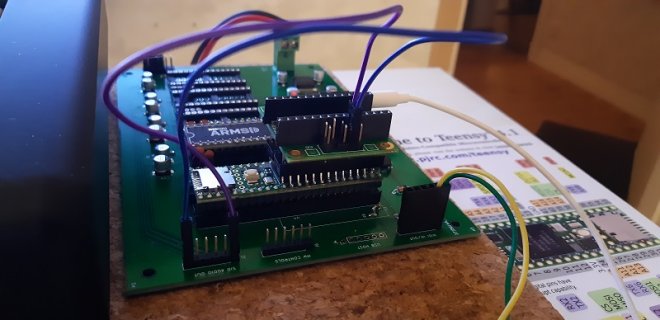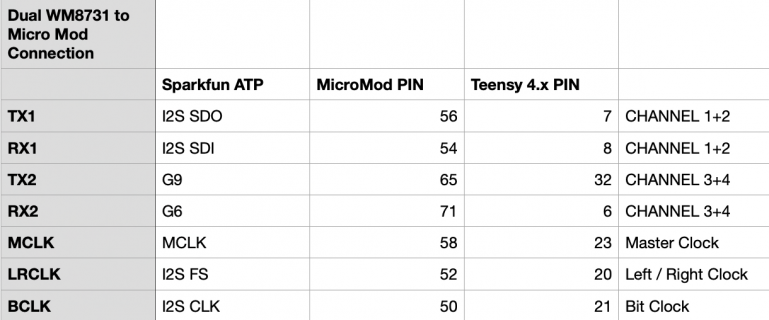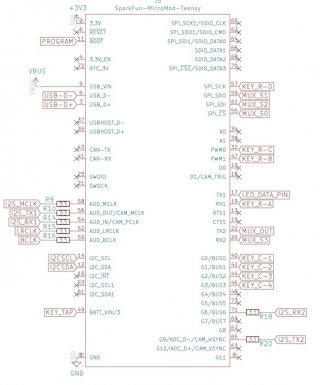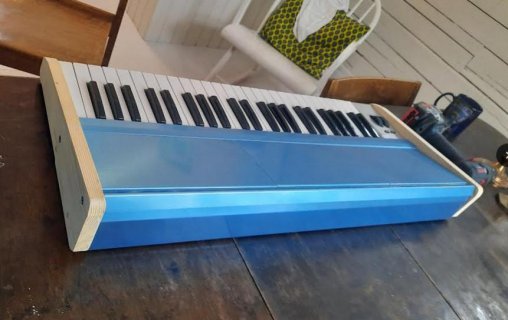Hi,
Having discovered Teensy rather recently (mind = blown) I am working on a couple of audio/synth projects, most recently some sort of SID/digital synth hybrid inspired by great stuff such as Tsynth and the Insidious plugin.
I am using the audio boards atm which works great, however in order to slim down the design I am looking for ADC/DAC options to integrate on my own pcbs and would love some advice. Here are the brief "specs":
- 4 in (capturing 4 SIDs)
- 2 out
- Ideally compatible with the wonderful audio library. If not need to be a well known design.
I suppose one alternative could be to just copy the SGTL5000-based design and stick two of those on the board, but I am a bit concerned over hand-soldering anything smaller than SSOP. Any other obvious options?
Cheers, MrC
(inspirational footage below)

Having discovered Teensy rather recently (mind = blown) I am working on a couple of audio/synth projects, most recently some sort of SID/digital synth hybrid inspired by great stuff such as Tsynth and the Insidious plugin.
I am using the audio boards atm which works great, however in order to slim down the design I am looking for ADC/DAC options to integrate on my own pcbs and would love some advice. Here are the brief "specs":
- 4 in (capturing 4 SIDs)
- 2 out
- Ideally compatible with the wonderful audio library. If not need to be a well known design.
I suppose one alternative could be to just copy the SGTL5000-based design and stick two of those on the board, but I am a bit concerned over hand-soldering anything smaller than SSOP. Any other obvious options?
Cheers, MrC
(inspirational footage below)






